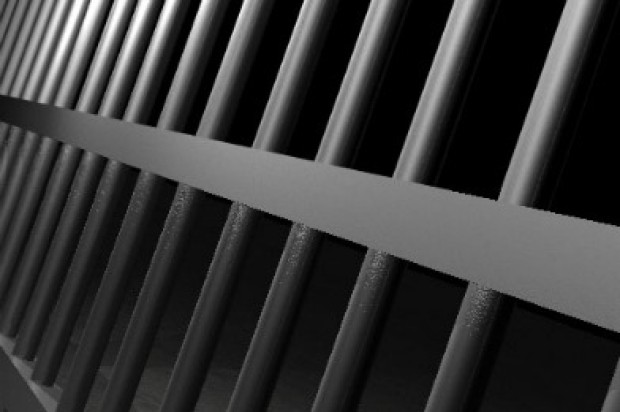
A plan to rebuild decrepit, seismically unsafe jails at San Francisco’s Hall of Justice took a small step forward today despite stiff opposition from community groups and supervisors who argued that the city should instead fund more alternatives to jail.
The Budget and Finance Sub-committee of the San Francisco Board of Supervisors today voted 2-1 to approve a resolution authorizing the Sheriff’s Department to apply for up to $80 million in state funding for the proposed $240 million jail, which would replace county jails No. 3 and No. 4 in the Hall of Justice at 850 Bryant St.
Sheriff’s Department officials today said the proposed 200,000 square foot, $240 million facility could hold up to 640 beds, which they described as a 30 percent reduction from the current capacity of jails on the site. In addition, it would include classrooms, office space, medical treatment facilities and space for drug and mental health treatment programs.
Applications for state grant funding for the new jail are due by Aug. 28, and the resolution must be approved by the full Board of Supervisors before the application can be submitted.
Before it reaches the Board of Supervisors, however, the project faces further scrutiny Thursday at a hearing, requested by Supervisor Jane Kim, before the Government Audit and Oversight Committee.
The project is strongly opposed by the No New SF Jail coalition, a collection of community groups including the Coalition on Homelessness, Critical Resistance and San Francisco Taxpayers for Public Safety, among others.
Members of the group today argued that the city should not replace the Hall of Justice jails but instead close them and invest heavily in diversion and treatment programs intended to keep people out of jail.
A report issued by Critical Resistance calls for increased community alternatives to incarceration, increased funding for drug treatment programs, and more job training programs and funding for affordable housing, among other solutions.
Saying he agreed with the group’s proposals, Supervisor Eric Mar cast the sole dissenting vote against the resolution today.
“The city needs to put more effort into looking at alternatives to incarceration,” Mar said.
Supervisor Mark Farrell, however, described the resolution allowing an application for funding as a “no brainer,” and Supervisor Katy Tang said that while she agreed with the call for more funding for alternatives to incarceration, she still felt the city needed a new jail.
“Although I agree with many of the comments today, I just feel the reality is that we do need to move forward with a building,” Tang said.
The current jails, in addition to being seismically unsafe, are poorly designed for inmate and employee safety, according to city officials. They also lack spaces for drug and mental health treatment programs or adequate medical services.
Chief Deputy Matthew Freeman, head of the sheriff’s department’s custody operations division, said the department had considered options including refurbishing existing jails in San Bruno, reopening the closed Jail No. 6 in San Bruno and building a new facility in San Bruno.
However, the department found that building a new facility in San Francisco was the least expensive option, and had other advantages including lower inmate transportation costs and better access to family and friends and services for inmates, Freeman said.
Jail No. 6 also lacks facilities such as treatment rooms and classrooms that can help reduce recidivism, and sheriff’s department officials have argued that its dormitory style housing is best suited to minimum-security inmates, limiting its usefulness. It would require extensive renovations to make it useable, officials said.
On June 25 the Planning Commission rejected an appeal of the project’s environmental review, upholding a finding by the Planning Department that the project will cause no significant environmental impacts.
Today’s resolution also included the adoption of the environmental review for the project.
A report issued by the city Controller’s Office last month said that San Francisco’s average daily jail population peaked at 2,321 around 1993 and has since fallen to a current level of around 1,285. The report cites policy changes including Proposition 47, a 2014 measure changing some nonviolent offenses from felonies to misdemeanors, as contributing to the change.
Barring further policy changes, the controller’s office projected that jail populations could be reaching a plateau.
The controller’s office report found the jail system currently has 1,988 rated beds available, 828 of which are in Jails No. 3 and 4, and 78 medical and psychiatric unit beds.
If reopened, Jail No. 6 could hold 372 rated beds, according to the report.
Sara Gaiser, Bay City News









